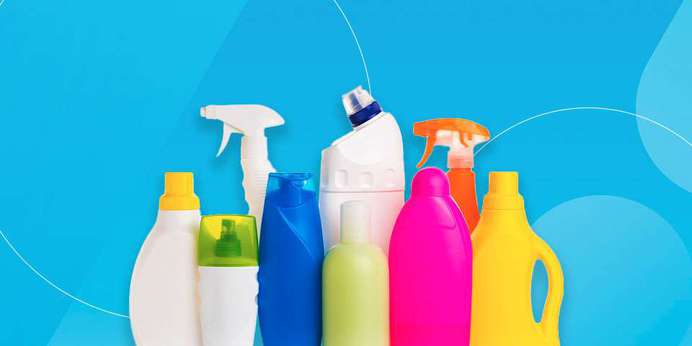
Plastic bottles are the standard packaging for many products, from juice, soda, and condiments to laundry detergent. That means you need yours to stand out. Color can play a major role in differentiating your brand and increasing your products' appeal, especially when it's consistent. Here's what you need to know about measuring color in plastic bottles.
1. Consistent Color Builds Consumer Trust
Sight is one of the first senses we use when shopping. Color is essential in the decision-making process of potential buyers, even if they don't realize it. When you go to the store, you look for what's familiar to you. So do your customers. By creating and distributing a product with consistent coloration and packaging, you signal to everyone that you care about the appearance, presentation and effects of your offerings from one batch to the next.
2. Plastic Bottle Color Is Part of Your Brand Identity
When you create a color formula that's different enough from everyone else's, your plastic bottles can set your brand apart. Loyal customers will begin to associate that color with your name over time. If the color changes, many will wonder if what's inside the bottle is different, too.

